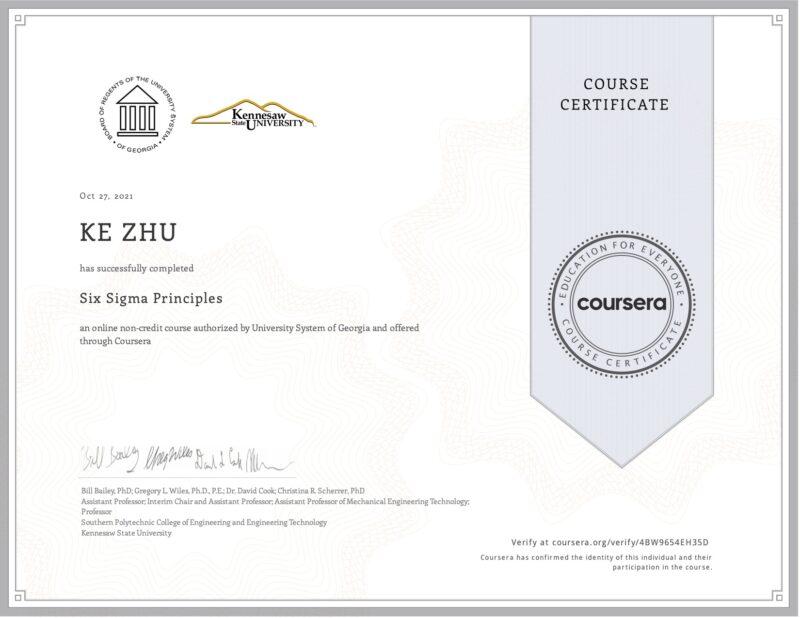Six Sigma PrinciplesUniversity System of Georgia There are criticisms of Six Sigma, sure is that it is not suitable for every company and industry. Some people like it, some don’t. But still, there’s no doubt how ubiquitous and popular it is. To those who work in a gigantic organization, Six Sigma shall not be unfamiliar….
Category: Six Sigma
Six Sigma: Basics of Lean
An organization could benefit from Lean in many ways: Customer focus Focus on customers, it is much cheaper to satisfy and keep a customer, than to find new ones. Culture change Change of culture is critically important and difficult. Satisfied engaged employees will in turn satisfy and delight customers. Capacity Increase capacity without addition of…
Six Sigma: Teams
A team is a group of people working together to achieve a common purpose for which they hold themselves mutually accountable. There are many circumstances where teams perform better than individuals. We all have certain skills and abilities. Working on a team allows you to collaborate with others who have different skills and abilities and…
Six Sigma: Quality Tools and Metrics
A few quality tools often used in Six Sigma: Flow charts and process maps are often the first step to understanding our processes. Checksheets are quick, easy, flexible tool for collecting data. Histograms are often the first representation of our data beyond the numbers. Pareto charts are used to prioritize problems or root causes. Cause…
Six Sigma: Foundations
The definition of quality boils down to how well we serve the needs of our customers. Six Sigma is both a quality management philosophy and a methodology focuses on reducing variation, measuring defects and improving the quality of products, processes and services. The purpose of Lean is to maximize customer value while minimizing waste. Using…




